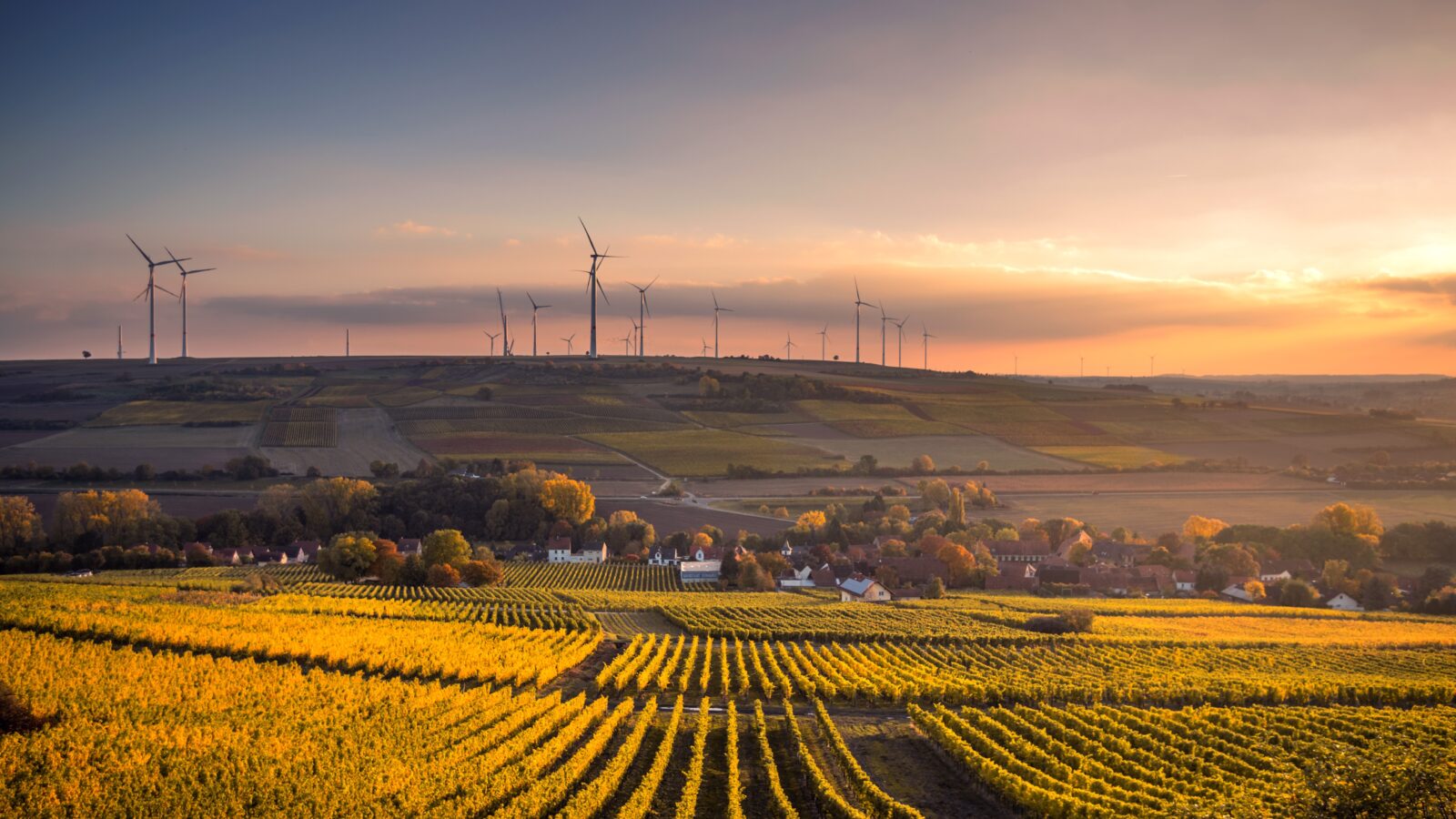
Crop biotechnology has reduced agriculture’s environmental impact and stimulated economic growth in the countries where the technology is used says a new report released today by PG Economics titled GM crops: global socio-economic and environmental impacts 1996- 2015.
The report unveils the global socio-economic and environmental impact of genetically modified (GM) crops in the twenty years since they were first commercially planted on a significant area. It focuses on the farm level economic effects, the production effects, the environmental impact resulting from changes in the use of insecticides and herbicides, and the contribution towards reducing greenhouse gas (GHG) emissions.
Below are highlights from the report:
Crop biotechnology has reduced agriculture’s environmental impact:
- Crop biotechnology has significantly reduced agriculture’s greenhouse gas emissions by helping farmers adopt more sustainable practices such as reduced tillage, which decreases the burning of fossil fuels and retains more carbon in the soil. Had biotech crops not been grown in 2015, for example, an additional 26.7 billion kilograms of carbon dioxide would have been emitted into the atmosphere, which is the equivalent of adding 11.9 million cars to the roads.
- From 1996 to 2015, crop biotechnology reduced the spraying of crop protection products by 619 million kilograms, a global reduction of 8.1 per cent. This is equal to more than China’s total crop protection product use each year3. As a result, farmers who grow biotech crops have reduced the environmental impact associated with their crop protection practices by 18.6 percent.
Crop biotechnology has reduced pressure to use new land in agriculture and contributed to global food security:
- Biotech crops allow farmers to grow more without needing to use additional land. For example, if crop biotechnology had not been available to farmers in 2015, maintaining global production levels that year would have required the planting of an additional 8.4 million hectares (ha) of soybeans, 7.4 million ha of corn, 3 million ha of cotton and 0.7 million ha of canola. This is equivalent to needing an additional 11 percent of the arable land in the United States, or roughly 31 percent of the arable land in Brazil or 13 percent of the cropping area in China.
Crop biotechnology enables farmers to increase crop yield.
- Insect resistant (IR) crop technology used in cotton and corn has consistently improved yields by reducing the damage caused by pests. From 1996 to 2015, across all users of this technology, yields have increased by an average of +13.1 percent for IR corn and +15 percent for IR cotton relative to conventional production systems. Farmers who grow IR soybeans commercially in South America have seen an average +9.6 per cent increase in yields since 2013.
- In some countries, herbicide tolerant (HT) technology has improved yields through better weed control. For example, in Bolivia, HT soybeans increased yields by +15 percent. In Argentina, HT technology has helped farmers grow an additional soybean crop after wheat in the same growing season.
- Biotech farmers in developing countries, many of whom are resource-poor and farm small plots of land, continue to see the highest yield gains from using the technology.
- Over 20 years, crop biotechnology has been responsible for the additional production of 180.3 million tonnes of soybeans, 357.7 million tonnes of corn, 25.2 million tonnes of cotton lint and 10.6 million tonnes of canola.
Crop biotechnology supports improved livelihoods, especially for poor, smallholder farmers in developing countries:
- By better controlling pests and weeds, crop biotechnology helps farmers increase their yields, which leads to higher incomes and better lives for themselves and their families. In 2015, the net farm level economic benefit was $15.5 billion, equal to an average increase in income of $90/hectare. From 1996 to 2015, the net global farm income benefit was $167.7 billion.
Crop biotechnology contributes to global economic success.
- Crop biotechnology continues to be a good investment for millions of farmers. In 2015, for each extra dollar invested in biotech crop seeds globally, farmers netted an average $3.45.
- In 2015, farmers in developing countries received $5.15 for each extra dollar invested in biotech crop seeds, whereas farmers in developed countries received $2.76 for each extra dollar invested in biotech crop seeds.


